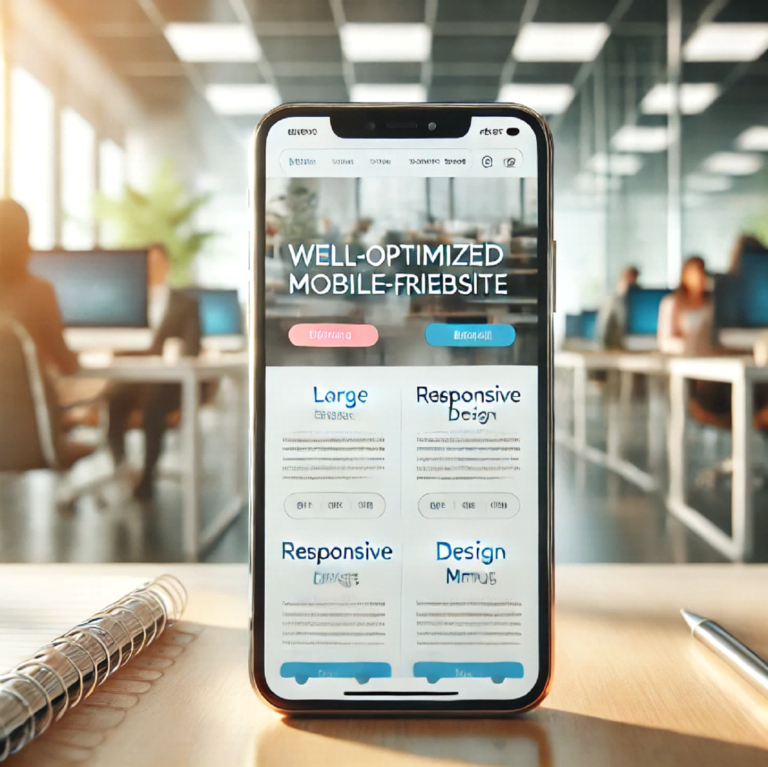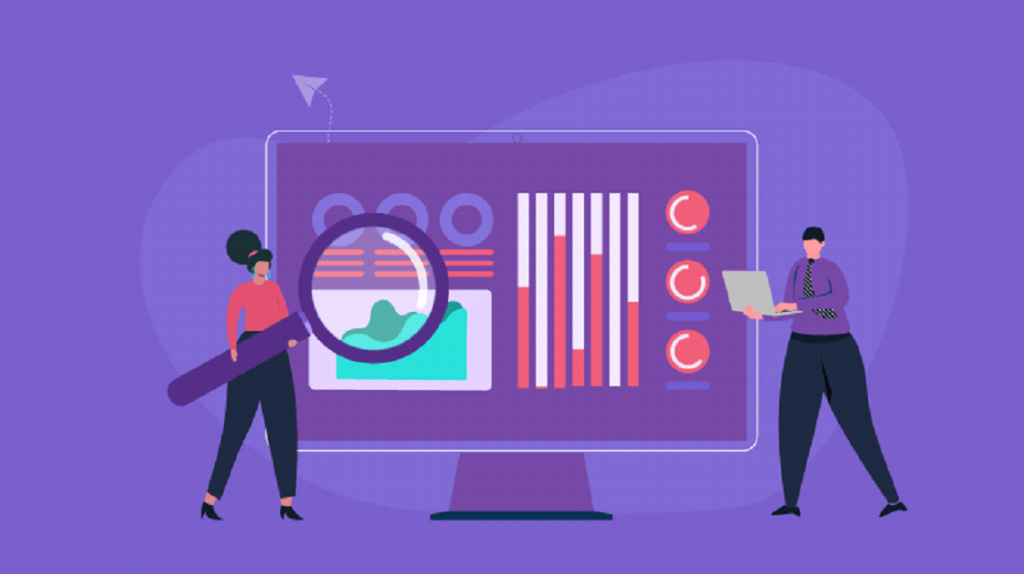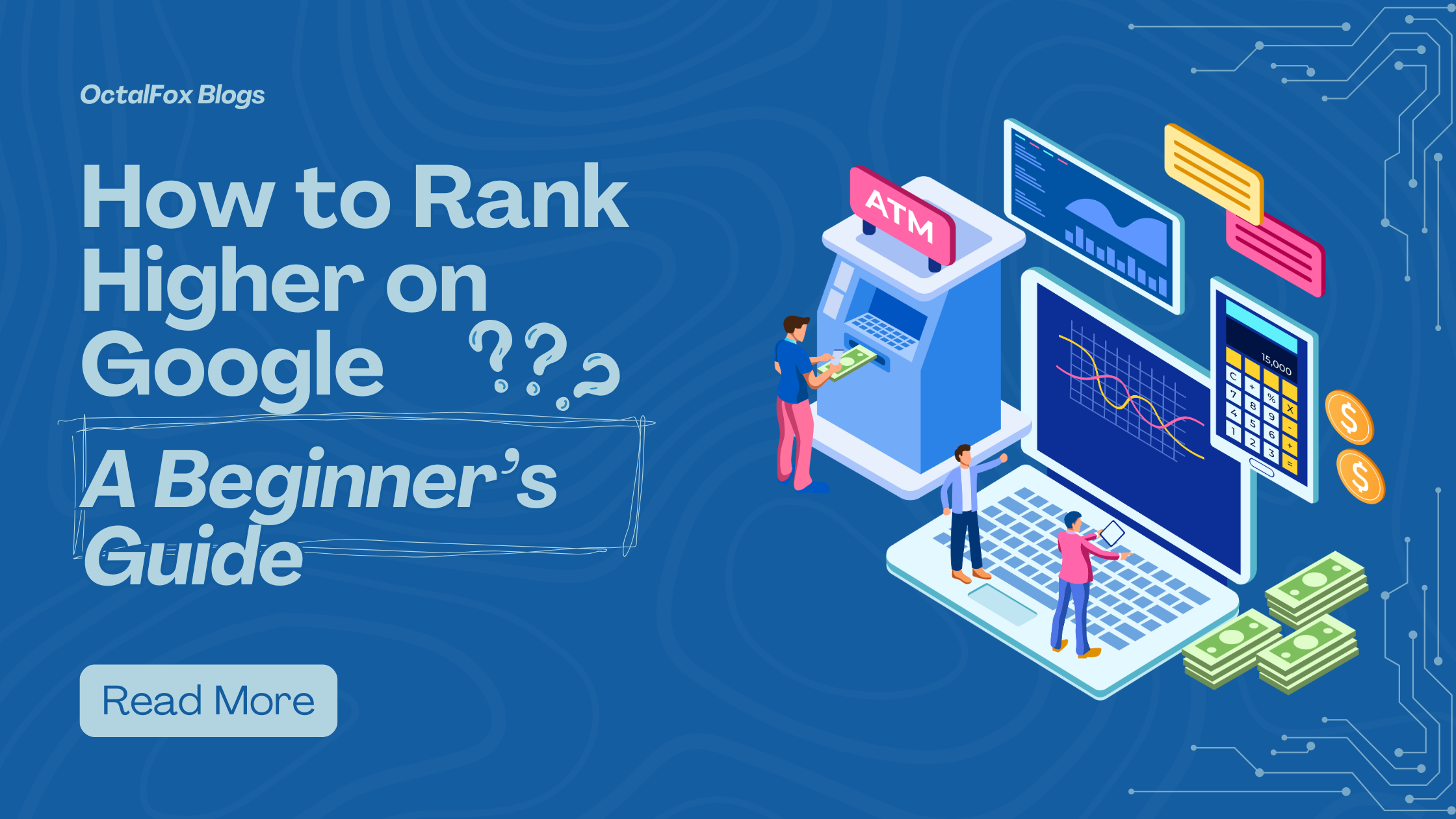How to Rank Higher on Google: A Beginner’s Guide
In today’s digital world, ranking higher on Google is crucial for businesses, bloggers, and website owners. A higher ranking means more visibility, increased traffic, and greater conversion opportunities. But with constant algorithm updates, how do you improve your ranking? If you’re new to SEO, don’t worry! This beginner’s guide will help you understand the key strategies to boost your website’s position on Google.
1. Optimize Your Website for SEO
Search engine optimization (SEO) is the foundation for ranking higher on Google. Here’s what you need to focus on:
- Use relevant keywords: Identify the terms people search for and include them naturally in your content.
- Optimize title tags and meta descriptions: These elements help Google and users understand what your page is about.
- Use header tags (H1, H2, H3, etc.): Structure your content for better readability and SEO benefits.
- Improve your URL structure: Use short, descriptive URLs with keywords.

2. Publish High-Quality, Engaging Content
Content is the backbone of SEO. Google rewards websites that provide valuable, original, and engaging content to users. Follow these tips to improve your content strategy:
✅ Write informative and well-structured articles
✅ Use relevant keywords naturally throughout your content
✅ Keep your content fresh and updated regularly
✅ Add images, videos, and infographics to improve engagement
Google values content that answers user queries effectively. Use tools like Google Keyword Planner or Ubersuggest to find relevant topics your audience is searching for.

3. Optimize Your Website’s Speed & Performance
- Website speed is a key ranking factor. Slow-loading websites lead to higher bounce rates, negatively impacting rankings. Improve your site’s speed with these steps:
- 🚀 Use lightweight themes and optimize images
🚀 Enable browser caching and use a Content Delivery Network (CDN)
🚀 Minimize HTTP requests and reduce unnecessary plugins
🚀 Choose a fast and reliable hosting provider - Test your site’s speed using Google PageSpeed Insights and fix any performance issues.

4. Master On-Page SEO
On-page SEO involves optimizing individual web pages to rank higher. Some key elements include:
📌 Title Tags & Meta Descriptions – Ensure each page has a unique, compelling title and description.
📌 Header Tags (H1, H2, H3, etc.) – Structure your content properly for readability.
📌 Keyword Optimization – Use keywords in headings, URLs, and throughout the content naturally.
📌 Image Optimization – Compress images and add alt text for better visibility.
📌 Internal Linking – Link to related articles within your site to improve user navigation.

5. Build High-Quality Backlinks
- Backlinks (links from other websites pointing to yours) are a major ranking factor. Google considers them as a vote of confidence for your website. Here’s how to build strong backlinks:
- 🔗 Guest Posting – Write articles for other reputable sites in your industry.
🔗 Broken Link Building – Find broken links on other sites and offer your content as a replacement.
🔗 Shareable Content – Create infographics, research studies, or unique content that naturally gets linked to.
🔗 Business Directories & Local Listings – Get listed on platforms like Google My Business, Yelp, and industry-specific directories.
The more authoritative sites that link to you, the higher your credibility and rankings.

6. Improve Mobile-Friendliness
- With more than 60% of searches coming from mobile devices, Google prioritizes mobile-friendly websites.
- 📱 Use a responsive website design that adapts to all screen sizes
📱 Avoid intrusive pop-ups that negatively impact user experience
📱 Ensure your text is readable without zooming in
📱 Improve mobile loading speed using AMP (Accelerated Mobile Pages) - You can check your site’s mobile-friendliness using Google’s Mobile-Friendly Test Tool.

7. Utilize Local SEO (For Businesses)
- If you have a local business, local SEO is crucial. To rank higher in local searches, follow these tips:
- 📍 Claim & optimize your Google My Business listing
📍 Get customer reviews on Google and other platforms
📍 Use location-based keywords (e.g., “best coffee shop in Austin”)
📍 Build local citations by listing your business in online directories - Google prioritizes businesses with consistent NAP (Name, Address, Phone Number) details across the web.

8. Track & Analyze Your Performance
📊 Google Analytics – Monitor your traffic, user behavior, and conversions.
SEO is an ongoing process, and tracking your progress is essential. Use tools like:
📊 Google Search Console – Check for indexing issues, keyword rankings, and search performance.
📊 Ahrefs or SEMrush – Analyze backlinks, keyword rankings, and competitor strategies.
By monitoring your site’s performance, you can identify what works and improve areas that need optimization.


 +92 325 4262 710
+92 325 4262 710
